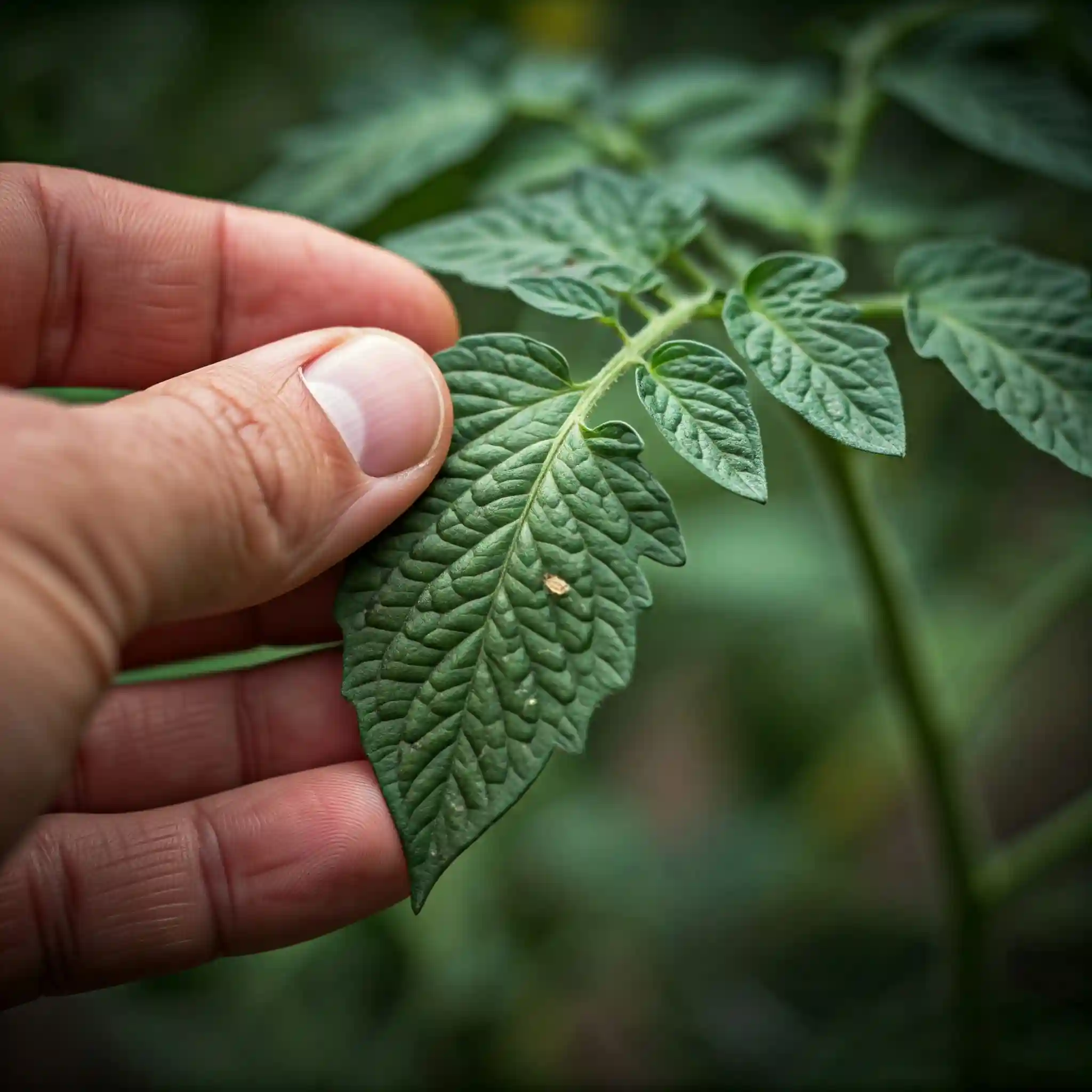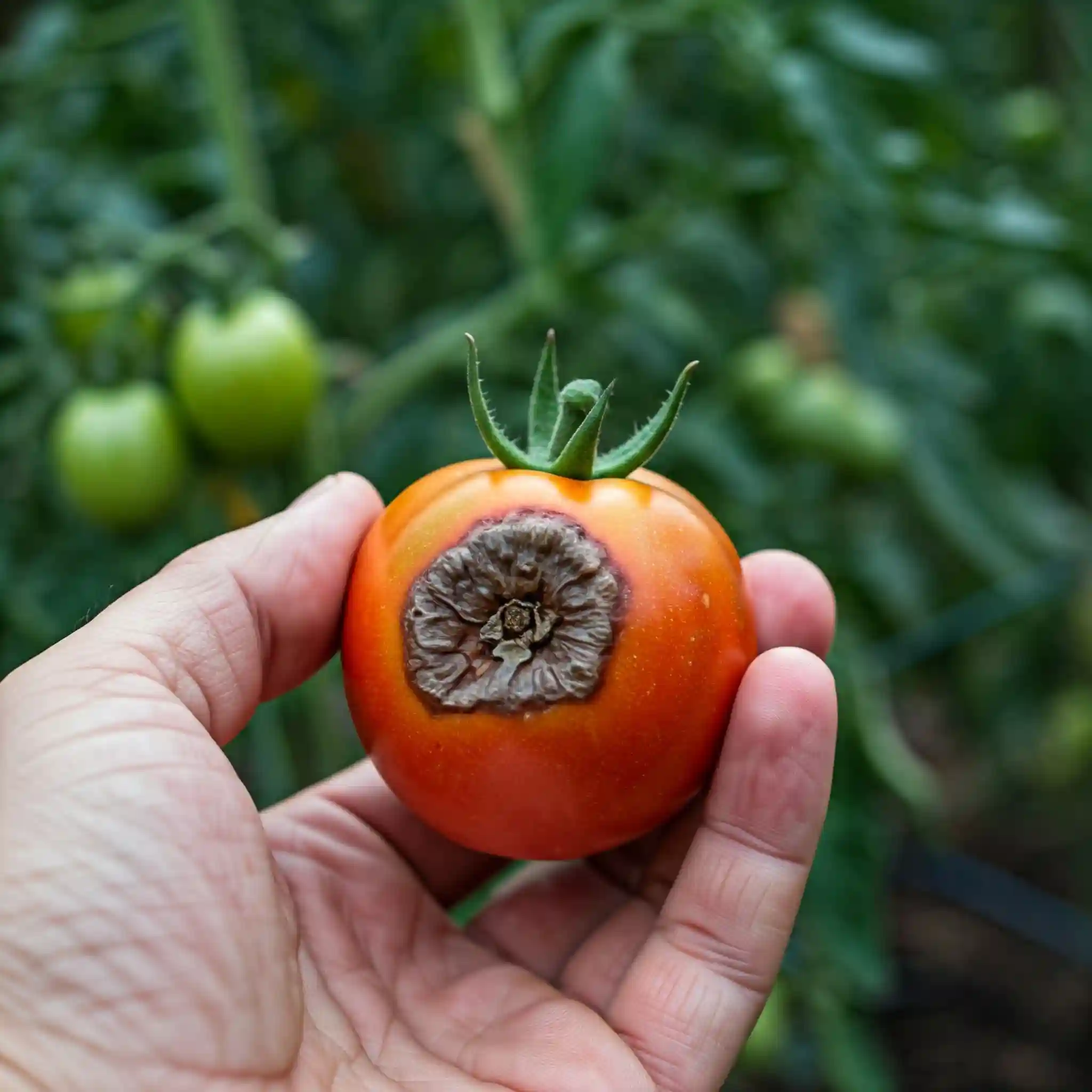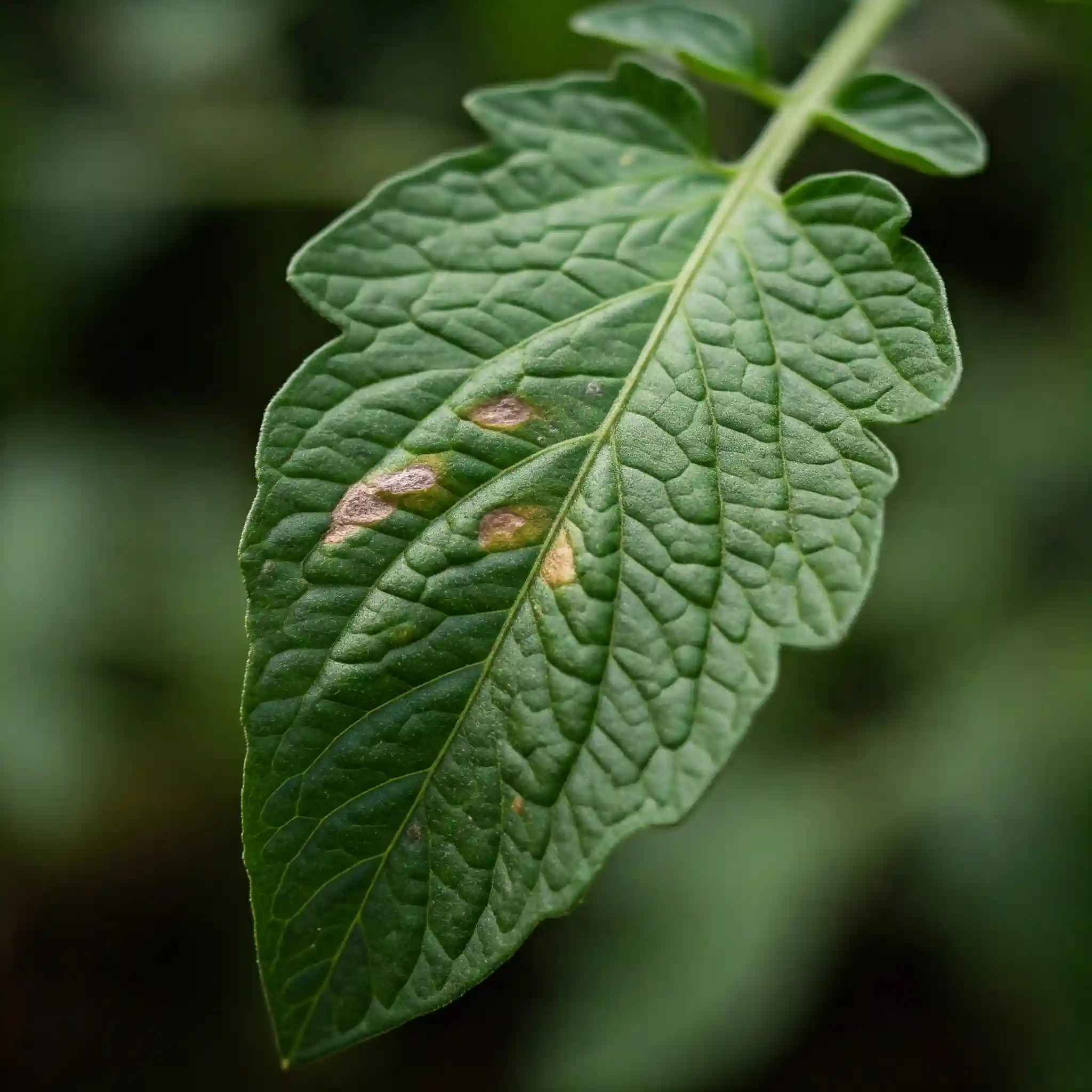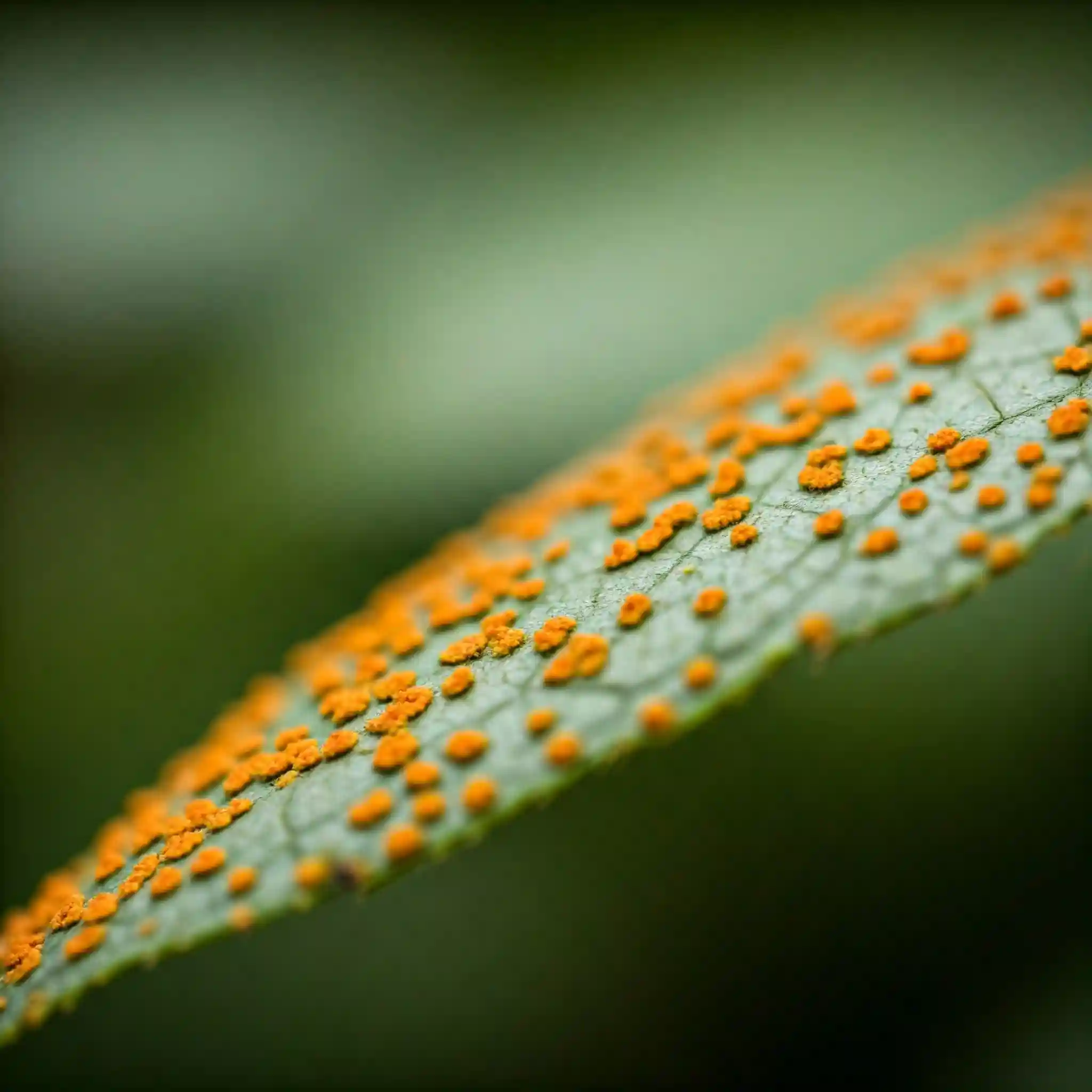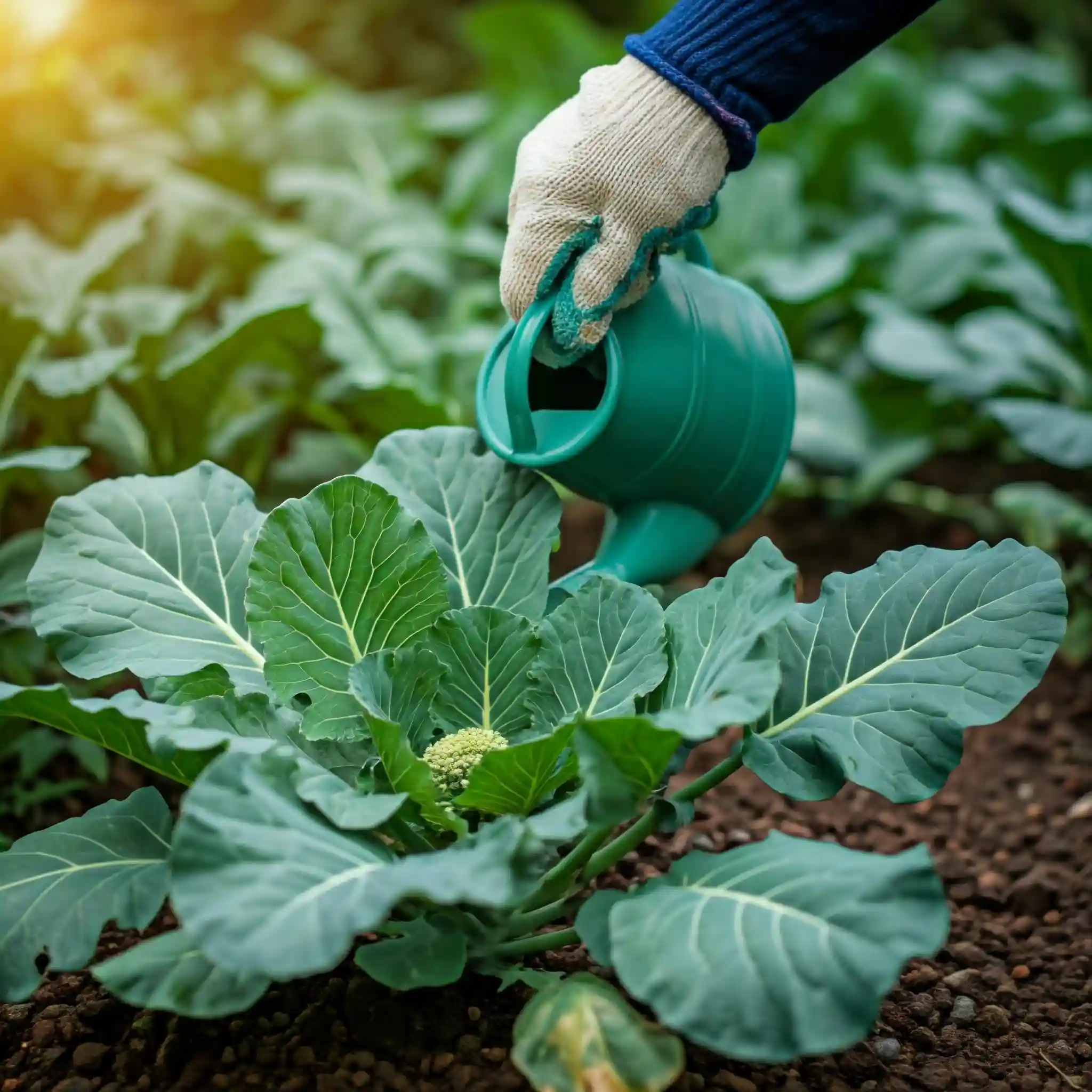Citrus whiteflies are a significant pest of citrus trees, causing substantial economic losses to farmers and growers worldwide. These tiny insects feed on plant sap, leading to leaf yellowing, stunting, and reduced fruit quality.
The impact of citrus whiteflies extends beyond crop damage. Infestations can lead to increased pesticide use, which can harm beneficial insects and the environment. Additionally, the presence of whiteflies can make it difficult to export citrus fruits to international markets.
This comprehensive guide will provide you with essential information about citrus whiteflies, including their identification, life cycle, damage, prevention strategies, and effective control measures. By understanding and implementing these techniques, you can protect your citrus trees from infestation and ensure a healthy and productive harvest.
What is a Citrus Whitefly?
Citrus whiteflies, scientifically known as Dialeurodes citri (Ashmead), are small, winged insects that belong to the family Aleyrodidae. They are commonly found in citrus-growing regions around the world and can infest a variety of citrus species, including oranges, lemons, grapefruits, and mandarins.
Physical Characteristics:
- Size: Adult whiteflies are typically 2-3 millimeters long.
- Color: They have a pale yellow or white color.
- Wings: Their wings are covered with tiny hairs that give them a powdery appearance.
Life Cycle:
The life cycle of a citrus whitefly consists of four stages: eggs, nymphs, pupae, and adults.
- Eggs: Female whiteflies lay their tiny, oval-shaped eggs on the undersides of leaves.
- Nymphs: The eggs hatch into small, flat nymphs that feed on plant sap. Nymphs may be yellow, green, or brown in color.
- Pupae: After a period of feeding and growth, the nymphs enter the pupal stage. Pupae are often covered with a white, waxy substance.
- Adults: Adult whiteflies emerge from the pupae and begin to mate and lay eggs.
Comparison to Other Whitefly Species:
While Dialeurodes citri is the most common citrus whitefly species, there are other whiteflies that can also infest citrus trees. These include Bemisia tabaci and Trialeurodes vaporariorum. It is important to correctly identify the specific whitefly species infesting your trees to implement the appropriate control measures.
- Bemisia tabaci: This whitefly species is more polyphagous than Dialeurodes citri and can infest a wider range of plants, including cotton, tomatoes, and potatoes. It is also known as the sweetpotato whitefly and is a significant agricultural pest worldwide.
- Trialeurodes vaporariorum: This whitefly species is commonly found in greenhouses and can infest a variety of ornamental plants, including poinsettias, cucumbers, and tomatoes. It is also known as the greenhouse whitefly.
Identification Tips:
To accurately identify the type of whitefly infesting your citrus trees, consider the following characteristics:
- Size and color: Compare the size and color of the whiteflies to known characteristics of different species.
- Host plants: Determine if the whiteflies are also infesting other plants in your garden.
- Geographic location: Consider the prevalence of different whitefly species in your region.
Consulting with an Expert:
If you are unsure about the type of whitefly infesting your citrus trees, it is recommended to consult with a local agricultural extension agent or pest control specialist. They can provide accurate identification and recommend appropriate control measures.
Comparison of Common Citrus Whitefly Species
| Characteristic | Dialeurodes citri | Bemisia tabaci | Trialeurodes vaporariorum |
| Host plants | Citrus | Cotton, tomatoes, potatoes | Ornamental plants |
| Size | 2-3 mm | 2-3 mm | 1-2 mm |
| Color | Pale yellow or white | Yellow or white | White or yellow |
| Geographic distribution | Worldwide | Worldwide | Worldwide |
By understanding the differences between these whitefly species, you can take targeted steps to prevent and control infestations in your citrus orchard.
Identifying Citrus Whitefly Infestations
Identifying citrus whitefly infestations early can help prevent significant damage to your citrus trees. Here are some signs to look for:
- Yellowing leaves: Citrus whiteflies feed on plant sap, causing leaves to turn yellow or pale.
- Sticky honeydew: Infested trees may produce a sticky substance called honeydew, which can attract sooty mold.
- Leaf curling and distortion: Heavy infestations can cause leaves to curl and become distorted.
- Reduced fruit quality: Citrus whiteflies can reduce the size and quality of citrus fruits.
- Presence of adult whiteflies: Adult whiteflies are small, winged insects that can be seen flying around the tree.
Visual Inspection:
To visually inspect your citrus trees for whitefly infestations, follow these steps:
- Examine the undersides of leaves: Whiteflies often lay their eggs and feed on the undersides of leaves. Look for small, white or yellow eggs and nymphs.
- Check for sticky honeydew: If you find sticky honeydew on the leaves or branches, it is a good indication of a whitefly infestation.
- Look for adult whiteflies: Adult whiteflies can be seen flying around the tree or resting on the leaves.
Using a Magnifying Glass:
A magnifying glass can help you to see smaller whitefly nymphs and eggs. Carefully examine the undersides of leaves for tiny, flat insects.
Monitoring for Adult Whiteflies:
You can also monitor for adult whiteflies by placing yellow sticky traps near your citrus trees. These traps attract adult whiteflies and can help you assess the severity of an infestation.
Signs of a Citrus Whitefly Infestation
| Sign | Description |
| Yellowing leaves | Leaves may turn yellow or pale |
| Sticky honeydew | A sticky substance produced by whiteflies |
| Leaf curling and distortion | Leaves may become distorted or curled |
| Reduced fruit quality | Fruit may be smaller or of lower quality |
| Presence of adult whiteflies | Small, winged insects flying around the tree |
By carefully inspecting your citrus trees for these signs, you can detect whitefly infestations early and take appropriate control measures.
The Life Cycle of Citrus Whiteflies
Understanding the life cycle of citrus whiteflies is essential for effective pest management. The life cycle consists of four stages: eggs, nymphs, pupae, and adults.
Eggs:
- Female whiteflies lay their tiny, oval-shaped eggs on the undersides of leaves.
- Eggs are typically white or yellow in color and may be laid in clusters or individually.
- Eggs hatch within a few days to a week, depending on environmental conditions.
Nymphs:
- Nymphs emerge from the eggs and begin to feed on plant sap.
- Nymphs may be yellow, green, or brown in color and have a flattened body shape.
- Nymphs go through several molts as they grow.
Pupae:
- After the final molt, nymphs enter the pupal stage.
- Pupae are often covered with a white, waxy substance.
- Pupae remain stationary for several days or weeks, depending on environmental conditions.
Adults:
- Adult whiteflies emerge from the pupae and begin to mate and lay eggs.
- Adult whiteflies are small, winged insects that can be seen flying around the tree.
- They have a pale yellow or white color and a powdery appearance.
The life cycle of citrus whiteflies can be completed in as little as two weeks under favorable conditions. This rapid reproduction rate allows populations to grow quickly, making it difficult to control infestations.
Factors Affecting Life Cycle:
Several factors can influence the life cycle of citrus whiteflies, including:
- Temperature: Warmer temperatures can accelerate the life cycle, while cooler temperatures can slow it down.
- Humidity: High humidity can favor the survival and development of whiteflies.
- Plant health: Healthy plants are more resistant to whitefly infestations.
- Natural enemies: The presence of natural enemies, such as ladybugs and lacewings, can help to control whitefly populations.
Understanding the life cycle of citrus whiteflies can help you to identify vulnerable stages and implement targeted control measures.
Damage Caused by Citrus Whiteflies
Citrus whiteflies can cause significant damage to citrus trees, leading to reduced yields and lower fruit quality. The damage is primarily caused by the feeding activities of the nymphs and adults.
Direct Feeding Damage:
- Leaf yellowing: Whiteflies feed on plant sap, causing leaves to turn yellow or pale.
- Leaf curling and distortion: Heavy infestations can cause leaves to curl and become distorted.
- Stunting: Infested trees may exhibit stunted growth and reduced vigor.
Indirect Damage:
- Honeydew production: Whiteflies secrete a sticky substance called honeydew, which can coat the leaves and branches of citrus trees.
- Sooty mold: Honeydew provides a suitable environment for the growth of sooty mold, a black fungal growth that can reduce photosynthesis and affect fruit quality.
- Reduced fruit quality: Citrus fruits from infested trees may be smaller, less juicy, and have a lower sugar content.
Economic Impact:
Citrus whitefly infestations can have a significant economic impact on citrus growers. Reduced yields, lower fruit quality, and increased costs associated with pest control can lead to financial losses.
Controlling Citrus Whitefly Damage:
To minimize the damage caused by citrus whiteflies, it is important to implement effective control measures. This may involve a combination of cultural practices, biological control, and chemical control.
Cultural Practices:
- Proper pruning: Pruning can help to improve air circulation and reduce the ideal habitat for whiteflies.
- Fertilization: Providing adequate nutrients to your citrus trees can help them to be more resistant to pests.
- Irrigation: Proper irrigation can help to maintain plant health and reduce stress, which can make trees more susceptible to pests.
Biological Control:
- Natural enemies: Introducing natural enemies, such as ladybugs and lacewings, can help to control whitefly populations.
- Parasitic wasps: Parasitic wasps can parasitize whitefly eggs and larvae, reducing their numbers.
Chemical Control:
- Pesticides: In severe cases, pesticides may be necessary to control whitefly populations. However, it is important to use pesticides judiciously and avoid harming beneficial insects.
By implementing a combination of these control measures, you can effectively manage citrus whitefly infestations and protect your citrus trees.
Prevention Strategies for Citrus Whitefly Infestations
Preventing citrus whitefly infestations is essential for protecting your citrus trees and maintaining healthy, productive orchards. Here are some effective prevention strategies:
- Planting healthy citrus trees: Start with healthy, disease-free citrus trees from reputable nurseries.
- Proper site selection: Choose a planting site with good air circulation and drainage to discourage pest infestations.
- Sanitation: Remove and destroy any infected plant material to prevent the spread of whiteflies.
- Row covers: Use row covers to protect young citrus trees from whitefly infestations.
- Encouraging beneficial insects: Create a favorable environment for beneficial insects, such as ladybugs and lacewings, that prey on whiteflies.
- Monitoring for infestations: Regularly inspect your citrus trees for signs of whitefly infestation.
Prevention Strategies for Citrus Whiteflies
| Strategy | Description |
| Planting healthy trees | Choose disease-free trees from reputable nurseries |
| Proper site selection | Select a site with good air circulation and drainage |
| Sanitation | Remove and destroy infected plant material |
| Row covers | Use row covers to protect young trees |
| Beneficial insects | Encourage natural enemies of whiteflies |
| Monitoring | Regularly inspect trees for signs of infestation |
By implementing these prevention strategies, you can reduce the risk of citrus whitefly infestations and minimize the need for chemical control measures.
Control Methods for Citrus Whiteflies
If your citrus trees become infested with whiteflies, there are several control methods available. The most effective approach often involves a combination of cultural practices, biological control, and chemical control.
Cultural Control:
- Pruning: Remove and destroy any infested branches or leaves to reduce the population of whiteflies.
- Fertilization: Ensure your citrus trees receive adequate nutrients to promote healthy growth and resistance to pests.
- Irrigation: Proper irrigation can help to maintain plant health and reduce stress, making trees less susceptible to whitefly infestations.
Biological Control:
- Natural enemies: Introduce beneficial insects, such as ladybugs, lacewings, and parasitic wasps, to prey on whiteflies.
- Microbial control: Use beneficial microorganisms, such as Beauveria bassiana, to infect and kill whiteflies.
Chemical Control:
- Pesticides: In severe cases, pesticides may be necessary to control whitefly populations. However, it is important to choose pesticides that are selective for whiteflies and avoid harming beneficial insects.
- Horticultural oils: Horticultural oils can suffocate whiteflies and are considered to be less harmful to beneficial insects than traditional pesticides.
Integrated Pest Management (IPM):
An integrated pest management (IPM) approach combines a variety of control methods to minimize the use of pesticides and protect the environment. IPM involves monitoring pest populations, identifying appropriate control measures, and using the least toxic methods available.
Choosing the Right Control Method:
The best control method for citrus whiteflies will depend on the severity of the infestation, the size of your orchard, and your personal preferences. Consider the following factors when making your decision:
- Environmental impact: Choose control methods that minimize harm to beneficial insects and the environment.
- Cost-effectiveness: Consider the cost of different control methods and their long-term benefits.
- Effectiveness: Select control methods that have been shown to be effective against citrus whiteflies.
By carefully selecting and implementing appropriate control measures, you can effectively manage citrus whitefly infestations and protect your citrus trees.
Integrated Pest Management (IPM) for Citrus Whiteflies
An integrated pest management (IPM) approach is a sustainable and environmentally friendly strategy for controlling citrus whiteflies. IPM involves a combination of cultural practices, biological control, and chemical control, with the goal of minimizing the use of pesticides and protecting the environment.
Key Components of IPM:
- Monitoring: Regularly inspect your citrus trees for signs of whitefly infestation to assess the severity of the problem.
- Prevention: Implement preventive measures, such as planting healthy trees, providing proper care, and encouraging beneficial insects.
- Cultural control: Use cultural practices, such as pruning and fertilization, to create a less favorable environment for whiteflies.
- Biological control: Introduce natural enemies, such as ladybugs and lacewings, to prey on whiteflies.
- Chemical control: Use pesticides as a last resort and only when necessary to control severe infestations.
Benefits of IPM:
- Reduced pesticide use: IPM can help to minimize the use of pesticides, protecting the environment and reducing the risk of pesticide resistance.
- Improved crop quality: IPM can lead to higher-quality citrus fruits with fewer pesticide residues.
- Increased sustainability: IPM is a sustainable approach to pest management that can be used over the long term.
Developing an IPM Program:
To develop an effective IPM program for citrus whiteflies, consider the following steps:
- Set goals: Determine your objectives for controlling whiteflies, such as reducing damage to citrus trees and minimizing pesticide use.
- Monitor pest populations: Regularly inspect your trees for signs of infestation and track the population levels of whiteflies.
- Identify control options: Consider a variety of control methods, including cultural practices, biological control, and chemical control.
- Implement control measures: Choose the most appropriate control methods based on the severity of the infestation and your specific goals.
- Evaluate results: Monitor the effectiveness of your control measures and make adjustments as needed.
By following an IPM approach, you can effectively manage citrus whiteflies while minimizing the negative impacts of pest control.
Frequently Asked Questions
- Q: How can I tell if my citrus tree has a citrus whitefly infestation?
- A: Look for yellowing leaves, sticky honeydew, and the presence of adult whiteflies.
- Q: What are the best natural enemies for controlling citrus whiteflies?
- A: Ladybugs, lacewings, and parasitic wasps are effective natural enemies of citrus whiteflies.
- Q: Can citrus whiteflies spread to other plants?
- A: Yes, citrus whiteflies can also infest other plants, such as tomatoes and potatoes.
- Q: Are there any home remedies for citrus whitefly control?
- A: Some home remedies, such as insecticidal soap or neem oil, can be used to control whiteflies. However, it is important to follow the instructions carefully and use these products in moderation.
- Q: How often should I inspect my citrus trees for whiteflies?
- A: Inspect your trees regularly, especially during the growing season, to detect infestations early.
- Q: What are the long-term consequences of a severe citrus whitefly infestation?
- A: Severe whitefly infestations can lead to reduced yields, lower fruit quality, and increased costs associated with pest control.
- Q: Can citrus whiteflies survive the winter?
- A: Yes, citrus whiteflies can overwinter in protected areas, such as under tree bark or in leaf litter.
- Q: Are there any new or emerging citrus whitefly control methods?
- A: Research is ongoing to develop new and improved control methods for citrus whiteflies. Keep up-to-date with the latest research and recommendations from agricultural experts.
Conclusion
Citrus whiteflies are a significant pest of citrus trees, but with proper management, they can be effectively controlled. By understanding the life cycle, damage, prevention strategies, and control methods associated with citrus whiteflies, you can protect your citrus trees and ensure a healthy and productive harvest.

